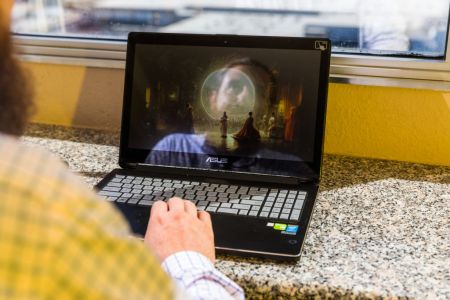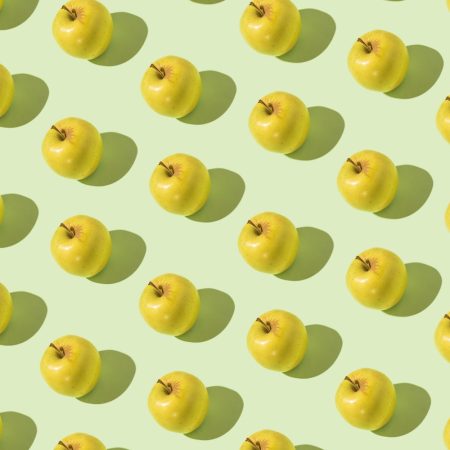Last year, an unexpected location became the center of a debate focusing on the role that AI/machine learning technology can play in the creation of art. The discussion centered around an art completion held at the Colorado State Fair, where Jason M. Allen was among the winners — in Allen’s case, for an image that he created using Midjourney.
As Sarah Kuta reports for Smithsonian Magazine, this year’s State Fair has revised the guidelines for the art competition, mandating that artists who’ve made use of similar technology declare it from the outset. All told, the State Fair received 55 works of digital art; 19 of these were made using artificial intelligence in some capacity.
This year, artificial intelligence didn’t do quite as well as last year; the winners in the category, as per the Colorado Gazette, were created without the assistance of generative AI. Taking this in tandem with the news that ChatGPT traffic is down three months in a row, it begs the question: has the new car smell for generative AI begun to wear off?
Colorado State Fair Prize Reopens the Debate Over AI and Art
Can art and technology coexist?This isn’t to say that such technologies don’t have their uses; I’ve seen some very interesting images created by machine learning programs in the last year. (This one, for instance.) What they have in common is that they were guided by artists with a unique aesthetic, who approached them as part of a selection of tools, as opposed to a replacement for the entire set.
There’s something similar afoot with Sean Michaels’s thought-provoking new novel Do You Remember Being Born?, about a poet collaborating with a piece of software to write something new. Michaels himself worked with a neural network on the book, and described the process of requesting text again and again, writing that “it could take more than a hundred generations to find one that I appreciated.”
New technology isn’t an end result in and of itself, and whether you’re creating a piece of visual art or a work of literature, that’s a quality that’s worth keeping in mind. That seems to be a good way of staying in touch with the technology’s potential — and its limitations.
Thanks for reading InsideHook. Sign up for our daily newsletter and be in the know.


















